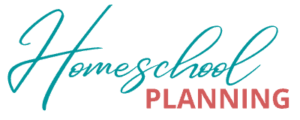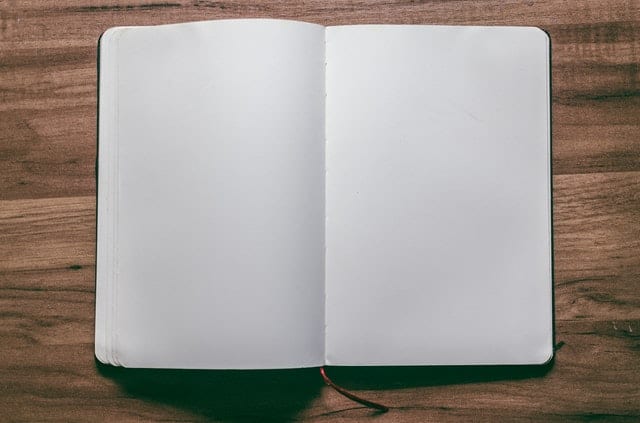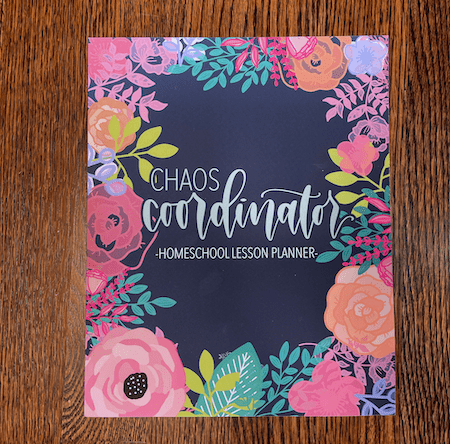A planner is a tool that will be different for every person. But there are some basic foundational skills that will help anyone use it more effectively. Whether you already have a planner you use or are wanting to become someone who uses one, these planner tips will give you the basics you need to be successful.
When you have many things going on in your life, it can be necessary to keep your plans and appointments all organized. And our brains can’t hold it all. So keep reading for my best planner tips on how to use a planner and organize all those plans successfully.
*Note: This post contains affiliate links, which means I receive a small commission, at no extra cost to you, if you make a purchase using the link. Please see my disclosure for more details.
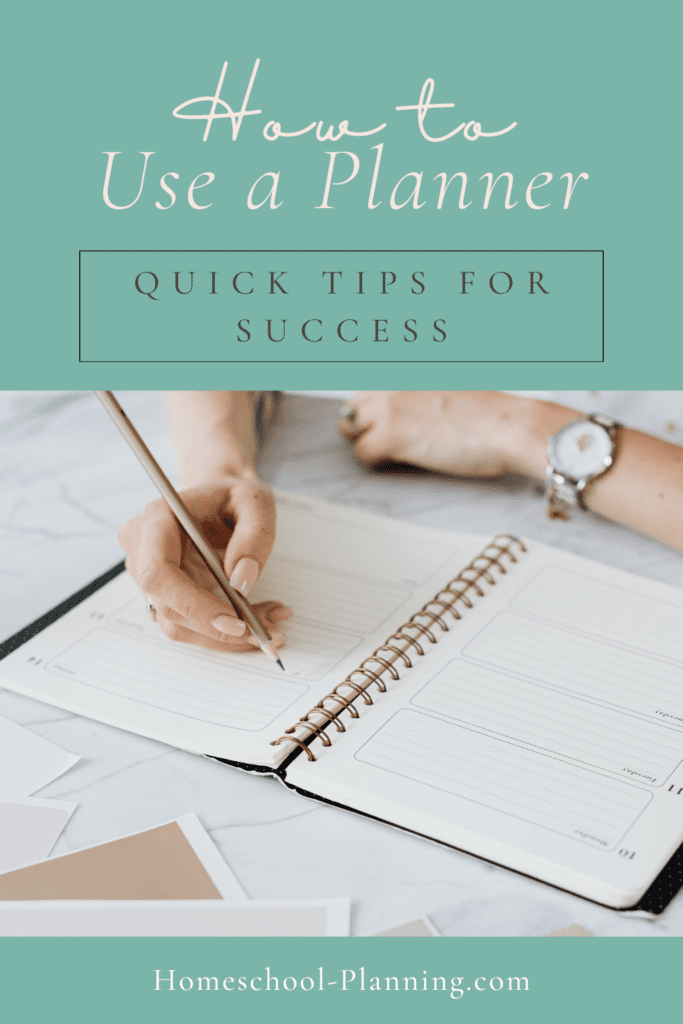
Choose the right one for you
Choosing the right planner for you can be a feat in itself. There are probably millions out there, with more coming out every day. More experienced users will know what works for them and be more picky. But ultimately the best planner is the one you will use. So choose the planner that looks good to you and don’t look back.
There are paper planners, digital planners, DIY Planners, and many planning systems in between. Not just any kind will work for every person, so start by choosing the type you think you will use.
You also will need to consider what size and layout you will want. You may want a small one so it’s easy to carry around. Or you may want to be sure it has large daily layouts so you can plan your day thoroughly.
If you’re just starting out, I suggest you don’t overthink this. There is not perfect planner for anyone. But some will definitely work better for you than others. So while I do encourage you to look at a few, don’t spend hours on this, as you will learn over time what works for you and what doesn’t. There are also ways to adjust any planner to work better for you. Keep reading for those ideas.
Keep it visible
The biggest hack to making sure you use your planner is to keep it visible. Most people need the obvious visual reminder to use their planner, especially if you are trying to establish the habit. Keep it open and on the counter or on your desk. You will see it and have a better chance of using it.
If you use a digital or online planner, keep it open so you will use it first when you open your computer or tablet. Set reminders, or move the app to an obvious place on your home screen that you won’t miss.
Make it a habit
If you want to regularly use a planner, you have to develop the habit of using it. Anytime you schedule something, put it in your planner. If you make a to-do list, put it in your planner. At first you will need to remember to use it, but after a while, you won’t have to remember anymore because you have made it a habit to consult your planner.
Remember it takes time to create a habit that works. Stick with it and develop the system that works for you. Keep going back to it and you will find you won’t ever want to go back to not using a planner.
If you need more ideas on how to develop habits, you should definitely check out Atomic Habits by James Clear. It has inspiring habit and planner tips and tricks to help you.
Create a planning time
A helpful way to develop a habit of using your planner is to create a planning time. This is a regular time in your day and maybe even your week where you devote time toward planning. Start your day with a short amount of time to plan what should be done. Or you could end your day by looking at your plan for tomorrow. An hour or so on Sunday is great for looking at the week ahead.
Don’t overcomplicate
Using a planner shouldn’t be complicated or difficult. It is made to be helpful. Many people can find themselves so deep in the planners that their routines are overcomplicated. Their planner takes more time than it saves. If that is you, then going back to the basics of how to use a planner may be what you need.
A complicated system is going to be difficult to maintain, so keep your planner as simple as possible. A planner is meant to be a tool to help you and frees up your time. If it is taking a ton of time and stressing you out, you probably need to rethink your planning system. Something as simple as a daily list on a notecard and the calendar app on your phone may be all you need.
It doesn’t have to be pretty
A planner doesn’t have to be pretty. Well used planners are often messy with crossed off lists and writing all over it. If you are so concerned with keeping your planner nice and tidy rather than using it how you need, you won’t use it. Use it thoroughly and make it a mess if needed. Let go of the perfection.
Some use their planners for an art outlet as well. If that is what you want, then by all means do it. But admit that’s what you are doing and allow the time for the art as well.
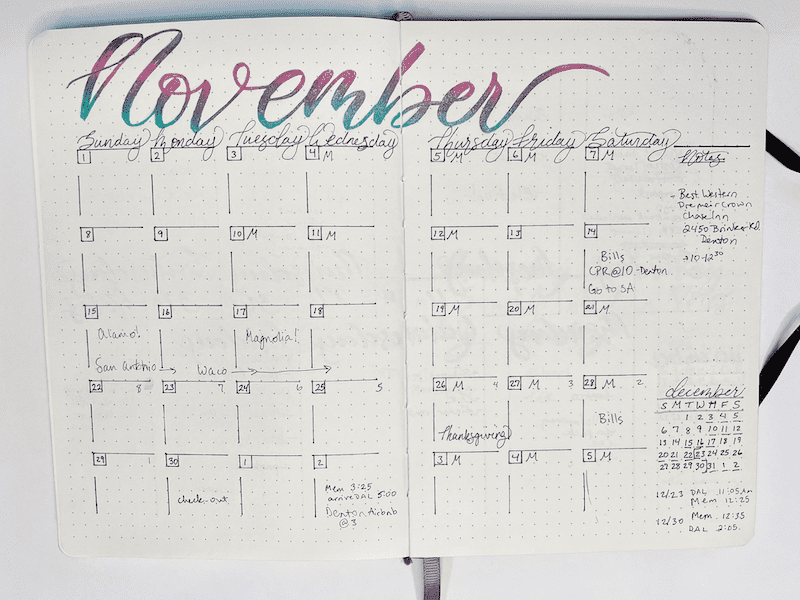
Zoom out for the yearly and monthly
When laying out your annual or monthly plans, remember to zoom out. These larger scale plans should not be detailed, but should include the big picture items of your life.
Yearly layouts will mostly include trips, birthdays, holidays, and other fixed items that are not likely to change. Things that are planned far in advance. Monthly layouts may include those same items as well as recurring appointments. You will also likely include other items you have scheduled for the month. This may be things more like coop classes, doctor appointments, and music lessons.
Including milestones toward your larger goals is also a great thing to include on your monthly layouts. With a visual monthly layout, you can easily track your time and progress toward these goals.
What you probably don’t want to include in these layouts are the more detailed daily tasks. This section is just to get an overview. Big moments and items to plan around.

Zoom in for weekly and daily
When setting up your weekly and daily layouts, you will take what you have on your yearly and monthly layouts and zoom in closer. Transfer items from the big picture layouts on to your weekly layouts, then add in less important and more detailed tasks. By first writing in the items that are attached to a certain time frame, this will help you be able to see what time you have available for other tasks.
Daily planner layouts will have the most detailed tasks. Some may need to zoom this much while others can easily get by with a small task list on the weekly pages for each day. Ultimately it depends on the amount of detail that helps you get through your day. Also if you are very schedule oriented, detailed daily layouts may be helpful.
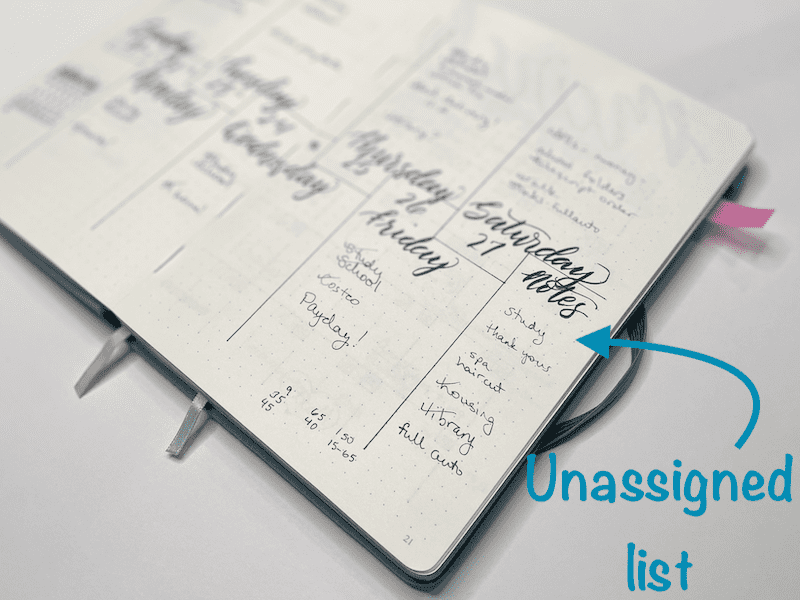
Use a weekly unassigned list
For all the items that are not naturally associated with a certain day of the week, a general weekly list may be helpful to contain all those unassigned items. When looking over your plans for the week, first write in all your appointments and fixed items in to your schedule. Everything that is not naturally assigned can be added to fill open time. Anything you are not ready to assign to a certain day can be stored on your unassigned list until time opens up to complete the task.
Some items may stay on your unassigned list for a couple days until you can get to them. Otherwise you may assign these items to a day and keep moving them to the next then the next, making you feel like you aren’t getting to things you should. Keeping them on the unassigned list will also ensure they aren’t forgotten.
You could also begin every week by writing everything you need to do in to your unassigned list, kind of like a brain dump. If you have a lot of unassigned items, it may be helpful to write them out by category. Then follow a similar strategy and add all the appointments and fixed items into your schedule and cross them off your unassigned list. Then pull from your unassigned list to fill open time as it comes, leaving items in the unassigned list if needed until time allows.
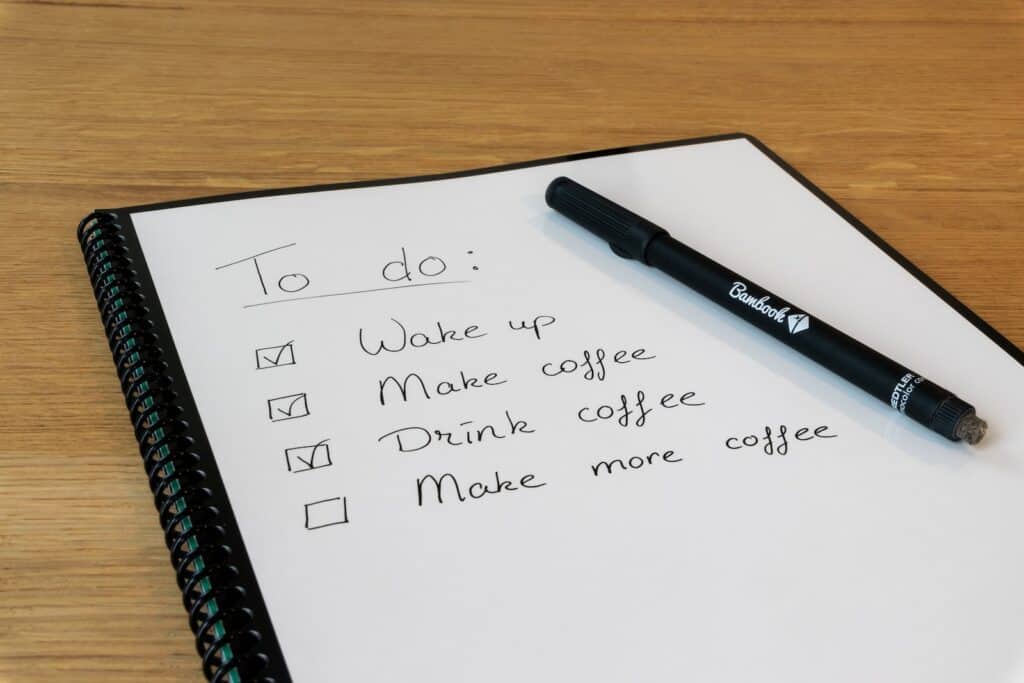
Create a short daily list
A very basic component of a planner is a daily list. This is just a short list of what you want to do each day. It is best to keep it short so it is not overwhelming. Maximum of 7 is a good place to start. If you complete that list, you can always add more.
Keeping the list short will also help you to prioritize what you do in your day. You will be forced to choose what should be done first before you even start. And with a shorter list, you are more likely to get the list completed as it won’t be so overwhelming.
Track what you do
A great planner tip to make you feel like you are accomplishing things is to track what you do. If you do something, check it off your list. If it’s not on your list yet, add it then check it off! Doing this small thing will help you remember what has already been done and what you still have left to do. It will also spark pride in you at the end of the day with a nice list of things checked off.
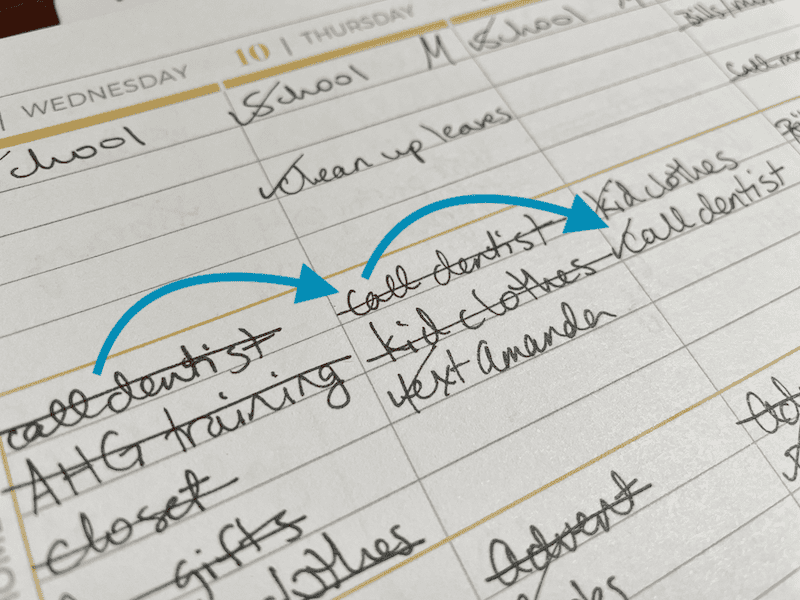
Move it on as needed
To prevent tasks from being overlooked, move them on to the next day or week if you are unable to do them as you assigned. For instance, if you have three things on your list to accomplish on Monday, but only accomplish two of them. Once you know the third item will not be completed, you can move it to Tuesday’s list (or the next day that works) and cross it off of your Monday task list. Not only will this ensure the task will not be overlooked, but it will also help you feel like you still accomplished your whole list on Monday, as it will all be crossed off.
Keep it together
One of the most important parts of a planner is that it contains ALL of your planning needs in one place. The centralized area for all information will help you to keep from losing pieces of information or having to recreate lists because they are lost. Even if your planner is just a notecard or pile of them, keep it all together.
If you still find yourself carrying around loose papers and lists, you may need to adjust your planning system. Or you may need to train yourself to use your planner rather than other papers. Loose papers are easily lost. If it’s because your planner is too big to carry around, then maybe you need to divide up your system into separate sections or choose a smaller planner for daily use.
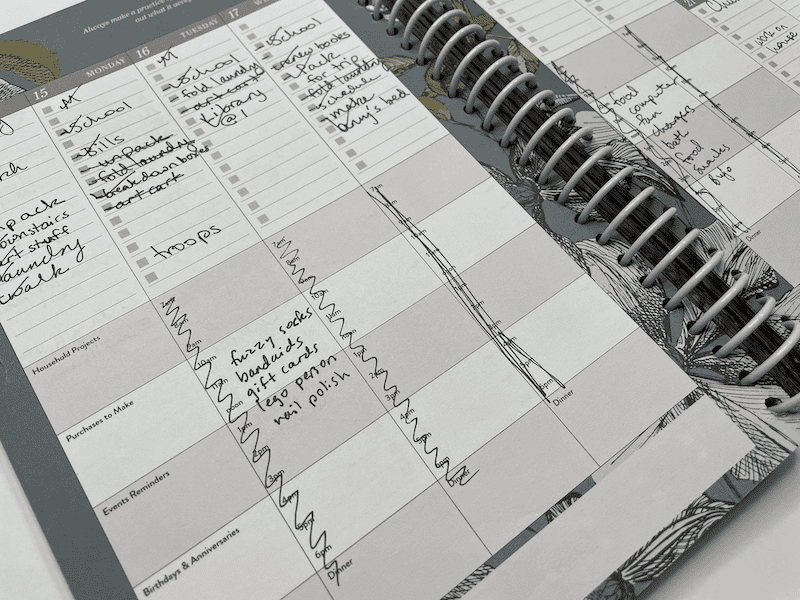
You don’t have to schedule
Many people associate a planner with strict schedules, but the truth is that not everyone finds a strict schedule helpful. If this is you, I give you permission to let go of the schedule. Many people do well with a routine or rhythm in their day and find they can group similar tasks into chunks of time rather than a strict schedule by the minute.
For instance, you could decide that school time is from 9-12 each morning, but not assign math to only a certain 30 minutes in the day. Your afternoons could be for errands or housework or free time. But nothing that is more strictly tied down than that. This planning tip allows for some freedom to go with the flow of your day as it comes.

Organize all parts of your life
If you find yourself stressing about a certain part of your life, create a special section or page in your planner to help you organize all those thoughts and tasks. Many times a daily or weekly task list can get overcrowded with some items, so breaking some of that down on a separate page will be less chaotic for your daily life.
Other sections you may want to add:
- Goals
- Homeschooling
- Work
- Exercise
- Housework
- Yardwork/Gardening
- Special Projects
- Shopping lists
- Menu planning
- Finances
- Prayer list
- So many more!
Don’t plan too far in advance
It’s important to not get too detailed far in advance. The farther in advance you plan things out, the more likely those plans are to change before the time comes. Planning large events, like trips and big appointments are necessary to do in advance. Setting broad goals are also good. But if you are attaching certain tasks to certain days, it’s best to not do this more than 4-6 weeks in advance.
I have found with planning out my children’s homeschool days, if I plan assignments for them more than a month in advance, our planning charts are all a mess within a few weeks. It is inevitable that a math lesson is more difficult than expected, someone ends up sick, or a writing assignment takes too long to complete. All of this throws off our plans I made, so I have to be sure to hold all those plans very loosely.
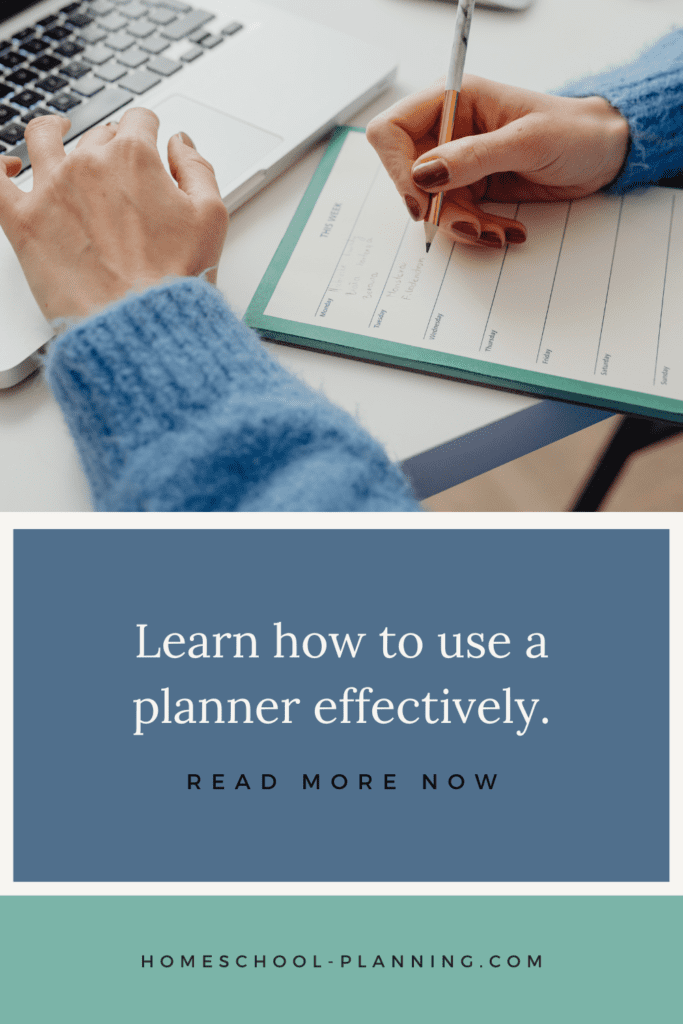
Change what doesn’t help you
Just because you paid money for a planner doesn’t mean you have to use it. If it’s not working, then change something. However, I suggest looking to change things within that same planner before you go out and buy a whole new one. Much of the time, failure to not be organized is not the fault of the planner, but of the user. So learn to use the planner you have or adjust what doesn’t work.
Some tips for things you could do to customize a planner to your needs:
- Remove pages you don’t need
- Skip sections that are stressful or not helpful
- Add pages you like if possible
- Change the binding
- Adjust section titles
- Utilize fancy stickers for new sections
- Use post-its to add to a page
- Create new pages to use separately
- Clip in a reusable dashboard
- Write on a bookmark
Closing
Organizing your mental chaos can be overwhelming at times. But a well-used planner can help you work through life successfully. Having a good planner that helps you organize all your tasks and thoughts from the broad overview to the daily list will help free up your mind. Set a good foundation today for using a planner effectively with these planner tips so you can stay organized and less stressed through life.
What is your best tip for using a planner? Let me know in the comments!
Related Posts
The Best Homeschool Planner Doesn’t Exist
